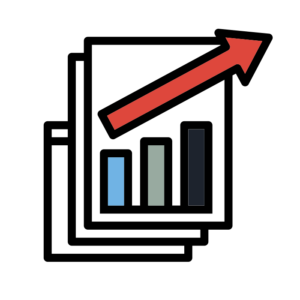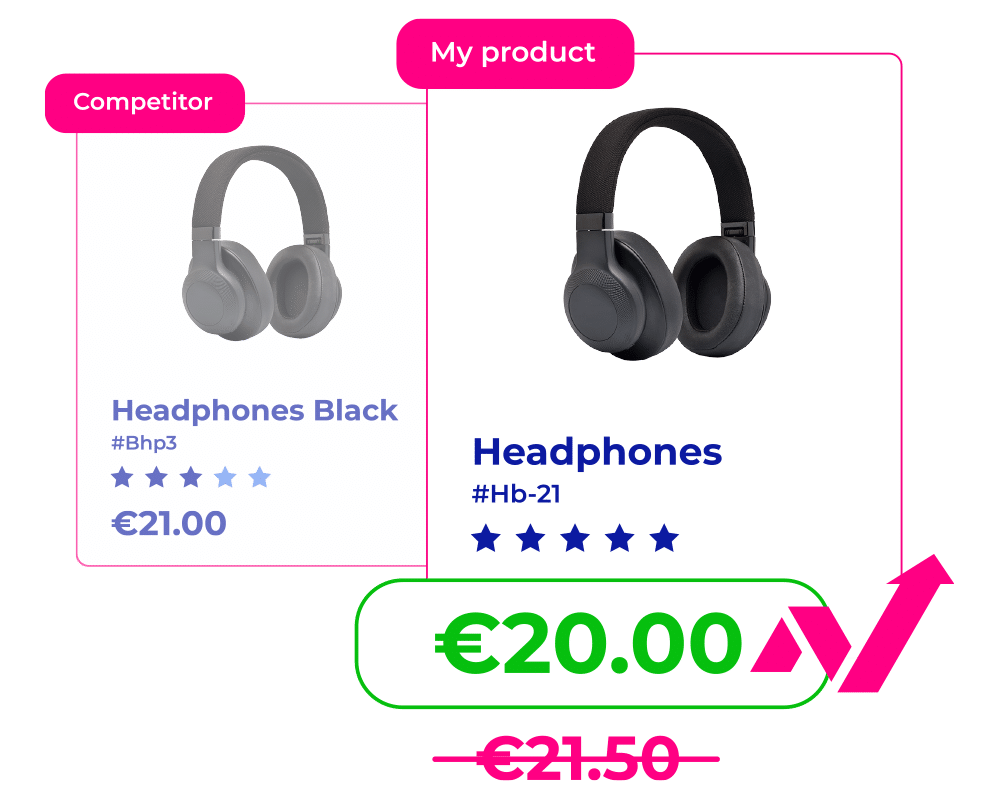Price tracking tools let you obtain powerful and valuable data for your e-commerce as well as improving your competitiveness level inside your vertical.
Why should I monitor online prices?
Actually, despite the results of many annual reports about the continued upward trend to buy over the internet, it is not easy to own an e-commerce store in most of the markets because of the significant number of stores and the harsh rivalry among them.
On the one hand, we have the famous “Supply and demand law”: the higher the demand, the greater the supply, which in our case can be translated into “the greater the rivalry” among e-commerce stores. On the other hand, we have several aspects that influence consumer’s purchasing decision, and among them, there is the central aspect of them all: the price.
If we gather these two propositions –intense rivalry and the urge of having attractive prices–, the result is the need of tracking prices of competition to adjust prices that allow you to be more competitive inside your vertical and, at the same time, increase your sales.
How do I benefit from monitoring prices?
When users search for a product on the internet, an umpteen number of remarkably similar results appear with different prices. Which one will they finally choose? As stores are not alone inside their vertical, it is crucial to always keep into account their direct competitors and how they behave in the long term. Watching the competition and monitoring their web prices is essential for your business, but why?
As we explained, it is indispensable to watch the market you are working in. In the first place, to understand what the current situation is concerning your competition and the price of competitors’ products. As the market changes continuously, it is necessary to keep updated with data that show the real situation of your vertical.
Secondly, by monitoring the prices of the competition, you can also detect what the pricing strategy your rivals are employing is. This can be a great asset to anticipate future pricing changes if you get to identify regular patterns in the pricing evolution of a specific competitor.
The level of competitiveness of your store is given by three main metrics: price index, profit margin and conversion rate. Besides, it is also directly related to the positioning of your business in marketplaces like Amazon or platforms like Google Shopping, where being well-positioned is the key to increase sales and traffic and to be seen by consumers as a competitive retailer
Price Index: it shows the level of competitiveness of your store. If it is equal or higher than the reference figure, it means your competitiveness concerning your rivals is good. On the contrary, you might need to modify another metric to improve your performance.
Profit margin: it indicates the final difference between your acquisition cost and the final sale price; that is, what you gain for each product’s sale. One of the main goals is to maximize as much as possible the margin, so your e-commerce is profitable.
Conversion rate: the number of sales made through your online store. Having a good conversion rate is okay as long as you do not sacrifice the margin.
When you monitor web prices of competitors in real-time, you can detect whether any of them gets better acquisition costs than you. For example, imagine one of them can lower the price of a specific product way much more than you can. Supposing that they do not put in risk their profit margin, it means they have more margin than you do.
You could use this information to renegotiate your procurement conditions with suppliers and try to enlarge the profit margin of your online store.
What is the best way to monitor the prices of my rivals?
Even though there is the chance to do it manually (by searching for each rival and inserting the collected data in a spreadsheet), it is a waste of both time and money. Fortunately, there are automated tools and software with which you can keep track of rivals’ prices in a rapid, updated and detailed way.









